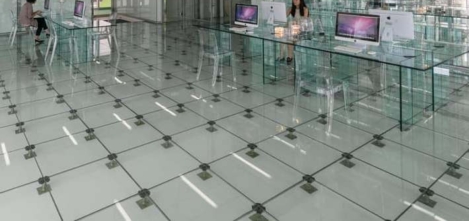June 24, 2016
Procrastination + Transparent office design + That Brexit thing 0
 In this week’s Newsletter; Sathesh Alagappan outlines the impact on UK employment law following the Brexit vote; Mark Eltringham looks at taking transparent office design to new extremes; and why, according to Dr Piers Steel, this is the golden age of procrastination. Over a third of jobs in the tech and creative sector found within the Capital; a lack of trust precludes employees from donning wearables in the workplace; and new liability rules for the automated workforce of sophisticated ‘smart’ robots. News that 15 percent of organisations in the UK don’t place any focus on the mental health and wellbeing of employees; small firms more likely to adopt virtual working and both UK and US staff routinely work beyond their contracted hours. You can download our Insight Briefing, produced in partnership with Connection, on the boundless office; visit our new events page, follow us on Twitter and join our LinkedIn Group to discuss these and other stories.
In this week’s Newsletter; Sathesh Alagappan outlines the impact on UK employment law following the Brexit vote; Mark Eltringham looks at taking transparent office design to new extremes; and why, according to Dr Piers Steel, this is the golden age of procrastination. Over a third of jobs in the tech and creative sector found within the Capital; a lack of trust precludes employees from donning wearables in the workplace; and new liability rules for the automated workforce of sophisticated ‘smart’ robots. News that 15 percent of organisations in the UK don’t place any focus on the mental health and wellbeing of employees; small firms more likely to adopt virtual working and both UK and US staff routinely work beyond their contracted hours. You can download our Insight Briefing, produced in partnership with Connection, on the boundless office; visit our new events page, follow us on Twitter and join our LinkedIn Group to discuss these and other stories.
































June 24, 2016
Property and workplace experts have their say on the Brexit outcome 0
by Mark Eltringham • Architecture, Comment, Facilities management, Property, Workplace, Workplace design
(more…)